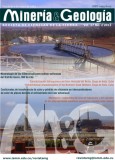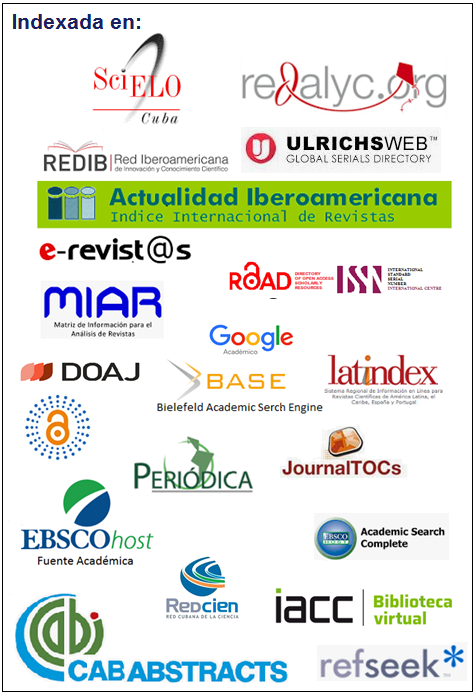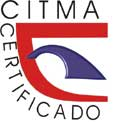Mineralogy of the sulfate-sulfide mineralizations at the Garus District; NW of Iran
Keywords:
Barite, galena, mineralogy, sulfate, sulfideAbstract
There are some vein type sediment hosted sulfate-sulfide mineralizations in Garus district, NW of Iran. They occur in a (shale) host rock of Precambrian age and they show evidence of some deformation. The field, microscopic, XRD and SEM-EDS techniques were used in this investigation. Mineralogical, the veins are composed of barite (Sulfate phase), galena, chalcopyrite, covellite (main sulfide minerals) and dolomite, ankerite, quartz, cerussite, anglesites’, calcite, goethite as gangues. Microscopic and XRD investigations indicated the presence of more than 15 minerals at Garus. The SEM-EDS assessments show some probable minor phases present in the investigated galenas. Field and microscopic investigations show barite formed earlier than the sulphide mineralization. The objective of this research is to reveal the new horizons in the mineral exploration in NW of Iran.Downloads
Download data is not yet available.
Published
2011-06-26
How to Cite
Vusuq, B., Hajalilou, B., & Moayyed, M. (2011). Mineralogy of the sulfate-sulfide mineralizations at the Garus District; NW of Iran. Minería & Geología, 27(2), 1–14. Retrieved from https://revista.ismm.edu.cu/index.php/revistamg/article/view/268
Issue
Section
Geología
Copyright & Licensing
- Authors retain copyright and guaranteeing the right magazine to be the first publication of the work as licensed under a Creative Commons Attribution-NonCommercial that allows others to share the work with an acknowledgment of the work's authorship and initial publication in this journal.
- Authors may establish separate supplemental agreements for the exclusive distribution version of the work published in the journal (eg, place it in an institutional repository or publish it in a book), with an acknowledgment of its initial publication in this journal.
- Authors are allowed and recommended to disseminate their work through the Internet (e.g., in institutional telematic archives or on their websites) before and during the submission process, which can produce interesting exchanges and increase citations of the published work. (See The effect of open access)




